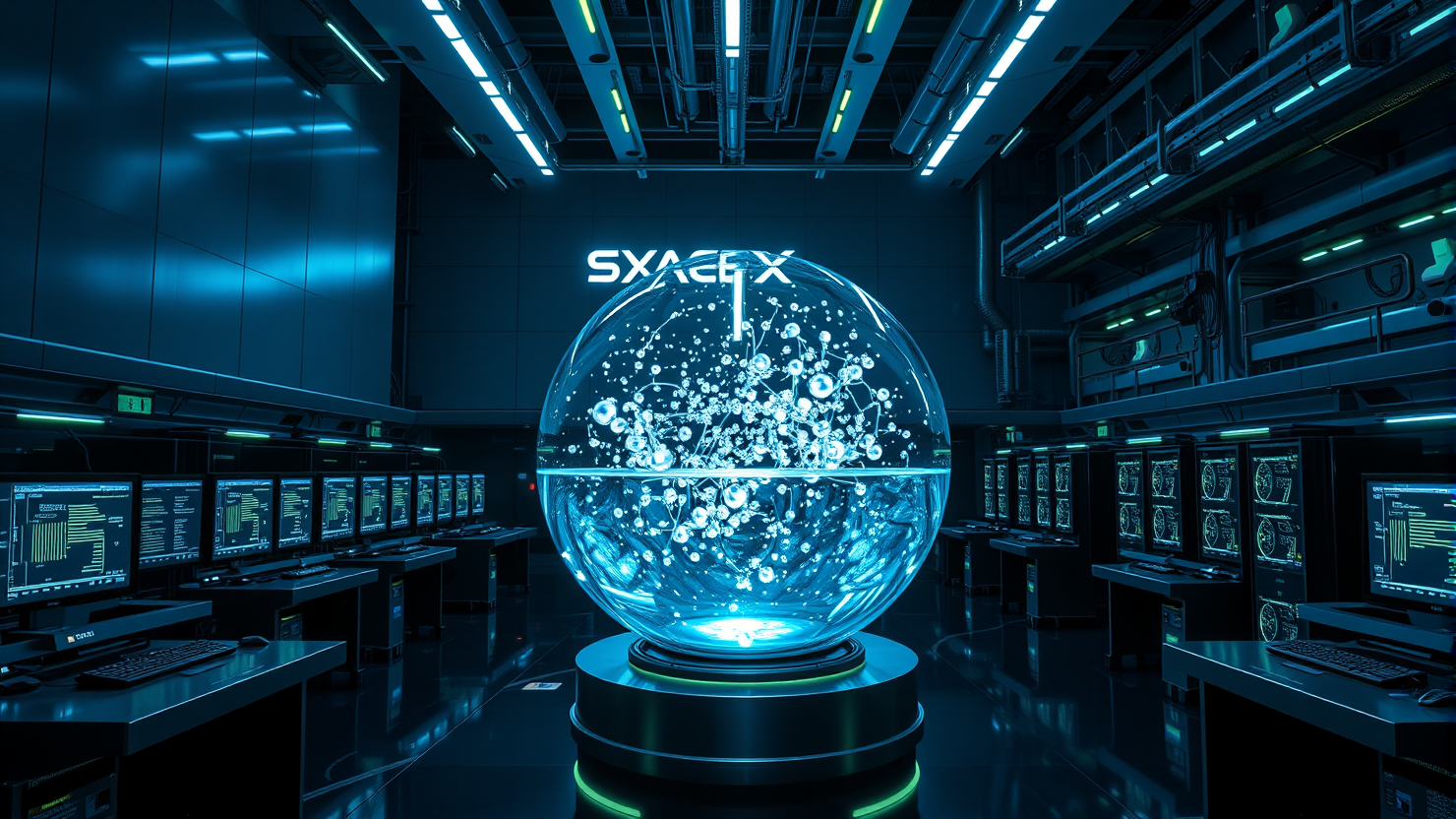2025: The Mature Shift of Generative AI – Smarter, Scalable, and More Dependable for Enterprise Workflows

In the year 2025, the evolution of generative artificial intelligence (AI) is marked by a significant maturation. The focus has transitioned from potential capabilities to practical application within everyday business operations.
The quest for dependable AI solutions that are not only potent but also reliable is becoming increasingly apparent. Large language models (LLMs) have begun shedding their reputation as resource-intensive behemoths, with the cost of generating a response from an AI model now comparable to a basic web search, thanks to a drastic reduction over the past two years. This development has made real-time AI more feasible for routine business tasks.
Scalability coupled with control is this year’s priority. While leading models (such as Claude Sonnet 4, Gemini Flash 2.5, Grok 4, DeepSeek V3) remain substantial in size, they have been engineered to respond swiftly, reason logically, and operate efficiently. Size no longer serves as the primary differentiator; what truly matters is a model’s ability to manage complex inputs, support integration, and deliver consistent outputs even with increasing complexity.
The year 2024 was marred by instances of AI hallucinations, leading to criticism and high-profile incidents like a New York lawyer facing sanctions for citing fabricated legal cases generated by AI. To combat this issue, companies have been employing retrieval-augmented generation (RAG), which combines search with generation to ground outputs in real data, reducing but not eliminating instances of hallucination. Models can still contradict the retrieved content. New benchmarks such as RGB and RAGTruth have emerged to track and quantify these failures, signaling a shift towards treating hallucination as a measurable engineering problem rather than an acceptable flaw.
One of the defining trends in 2025 is the rapid pace of change. Model releases are accelerating, capabilities are evolving monthly, and what constitutes state-of-the-art is consistently redefined. For enterprise leaders, this rapid evolution creates a knowledge gap that can quickly turn into a competitive one.
Staying informed is key to staying ahead. Events like the AI and Big Data Expo Europe provide a unique opportunity to witness where the technology is headed through real-world demonstrations, direct conversations, and insights from those building and deploying these systems at scale.
In 2025, the focus is shifting towards autonomous AI. Many companies are already leveraging generative AI across core systems, but the emphasis now lies on agentic AI—models designed to take action, not just generate content. A recent survey indicates that over the next three to five years, digital ecosystems will need to be built for AI agents as much as for humans. This expectation is shaping how platforms are designed and deployed, with AI being integrated as an operator capable of triggering workflows, interacting with software, and handling tasks with minimal human intervention.
One of the main obstacles in the development of generative AI is data. Traditional methods of training large models have relied on scraping vast amounts of real-world text from the internet. However, as we move into 2025, sourcing high-quality, diverse, and ethically usable data is becoming increasingly difficult and expensive.
Synthetic data has emerged as a strategic asset in response to this challenge. Rather than relying on web scraping, synthetic data is generated by models to simulate realistic patterns. Previously, it was unclear whether synthetic data could support training at scale, but research from Microsoft’s SynthLLM project has demonstrated its potential (when used correctly).
Their findings suggest that synthetic datasets can be fine-tuned for predictable performance and reveal an intriguing insight: larger models require less data to learn effectively, enabling teams to optimize their training approach rather than simply throwing resources at the problem.
In 2025, generative AI is on a path towards maturity. Smarter LLMs, orchestrated AI agents, and scalable data strategies are becoming central to real-world adoption. For leaders navigating this shift, the AI & Big Data Expo Europe offers valuable insights into how these technologies are being applied and the strategies required for effective implementation.
Additional Reading: Tencent introduces versatile open-source Hunyuan AI models





